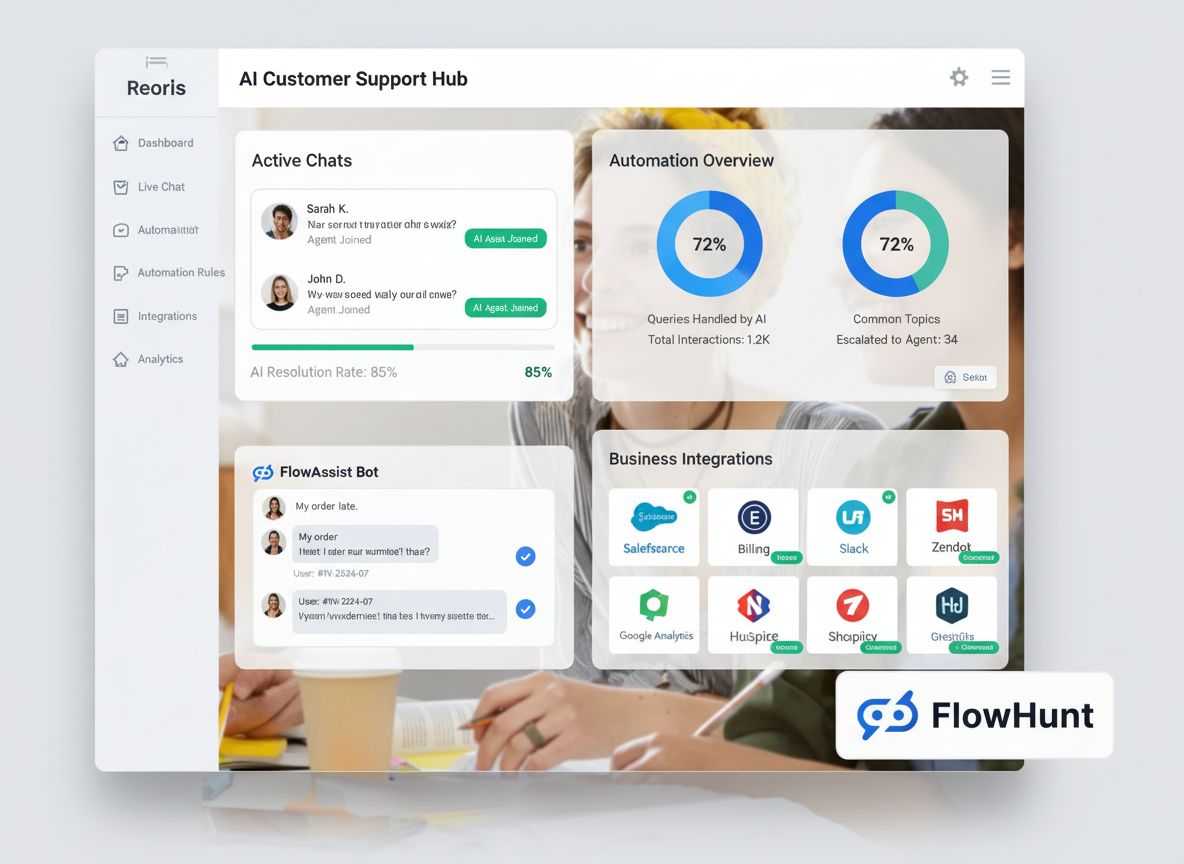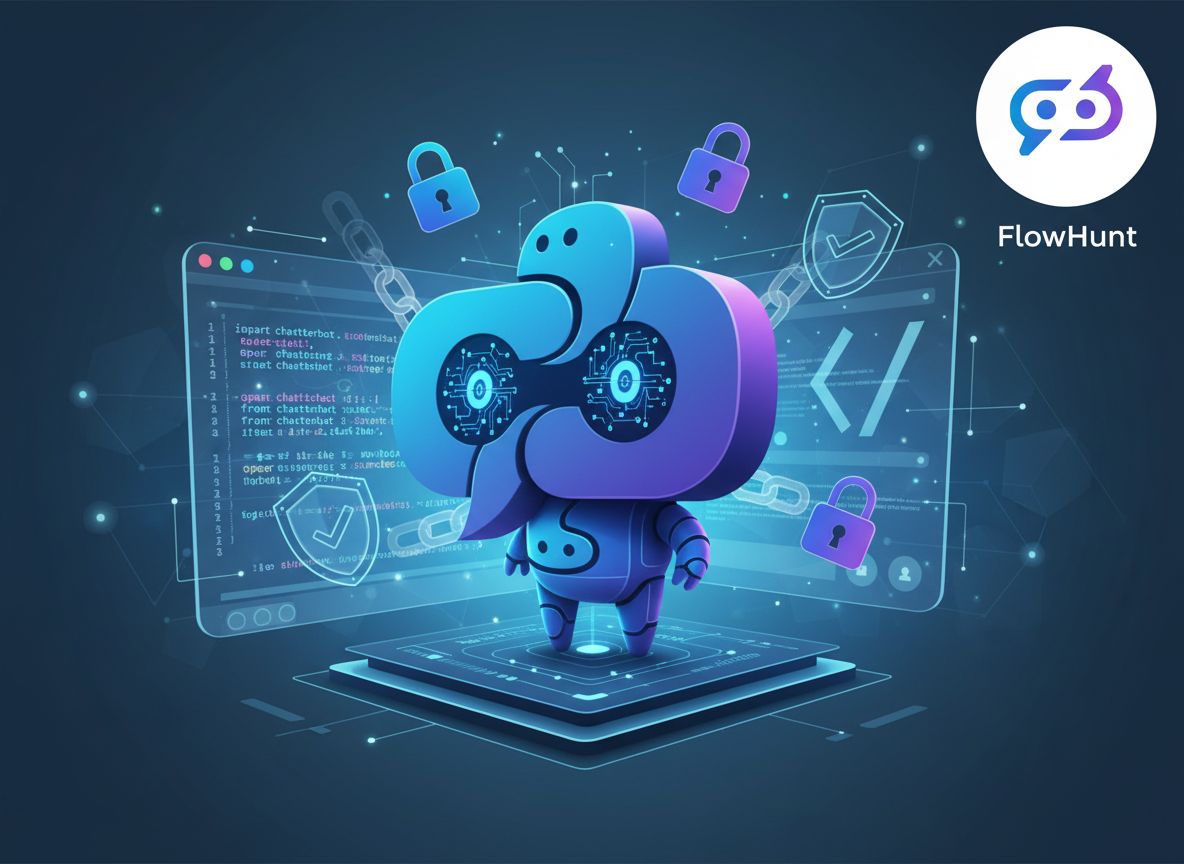
How to Create a Website Chatbot in Minutes: A Complete FlowHunt Guide
Learn how to build a powerful AI chatbot for your website in just 10 minutes using FlowHunt. This guide covers setup, knowledge base configuration, and deployme...
Chatbots have become an integral part of our digital lives, offering a seamless way to interact with technology. Whether you’re asking for customer support on a website or ordering a coffee via voice command, chatbots are the unseen helpers facilitating these interactions. But what exactly is a chatbot, and how does it work? This comprehensive guide will answer these questions and more.
Flowhunt can help you to build your own chatbot. Get in touch with us and we will help you to build your chatbot. Our technology can understand needs of your visitors, offer discounts, or even connect visitor with real live agent.
At its core, a chatbot is a computer program designed to simulate human conversation. Using either written or spoken language, chatbots allow users to interact with digital devices as if they were communicating with a real person. Chatbots can range from simple programs providing single-line responses to complex systems capable of evolving and personalizing interactions based on user data.
Chatbots operate through a combination of artificial intelligence (AI), natural language processing bridges human-computer interaction. Discover its key aspects, workings, and applications today!") (NLP), and machine learning algorithms. Here’s a simplified breakdown of their functionality:
Chatbots come in various forms, each designed for specific use cases:
While chatbots offer numerous benefits, they are not without their limitations:
A chatbot is a software application designed to simulate human-like conversation, either through text or voice, enabling users to interact with digital devices as if communicating with a real person.
Chatbots operate using artificial intelligence, natural language processing, and machine learning to analyze user input, generate responses, and improve over time through learning from interactions.
Chatbots provide 24/7 availability, cost-effective support, scalability for handling multiple queries, and the ability to personalize user experiences.
There are rule-based chatbots (using predefined scripts), AI-powered chatbots (using AI and machine learning), and hybrid chatbots that combine both approaches.
Chatbots are widely used in customer service, e-commerce, healthcare, and finance for tasks like handling inquiries, making recommendations, scheduling appointments, and providing account information.
Start building custom chatbots for your business with FlowHunt’s intuitive platform and enhance your customer experience.
Learn how to build a powerful AI chatbot for your website in just 10 minutes using FlowHunt. This guide covers setup, knowledge base configuration, and deployme...
A comprehensive guide to ChatterBot, exploring its open-source technology, practical use cases, platform features, chatbot security best practices, and advice f...
Power up your HubSpot chatbot with FlowHunt. Get better control over replies, data sources, and conversation flows.
Cookie Consent
We use cookies to enhance your browsing experience and analyze our traffic. See our privacy policy.

